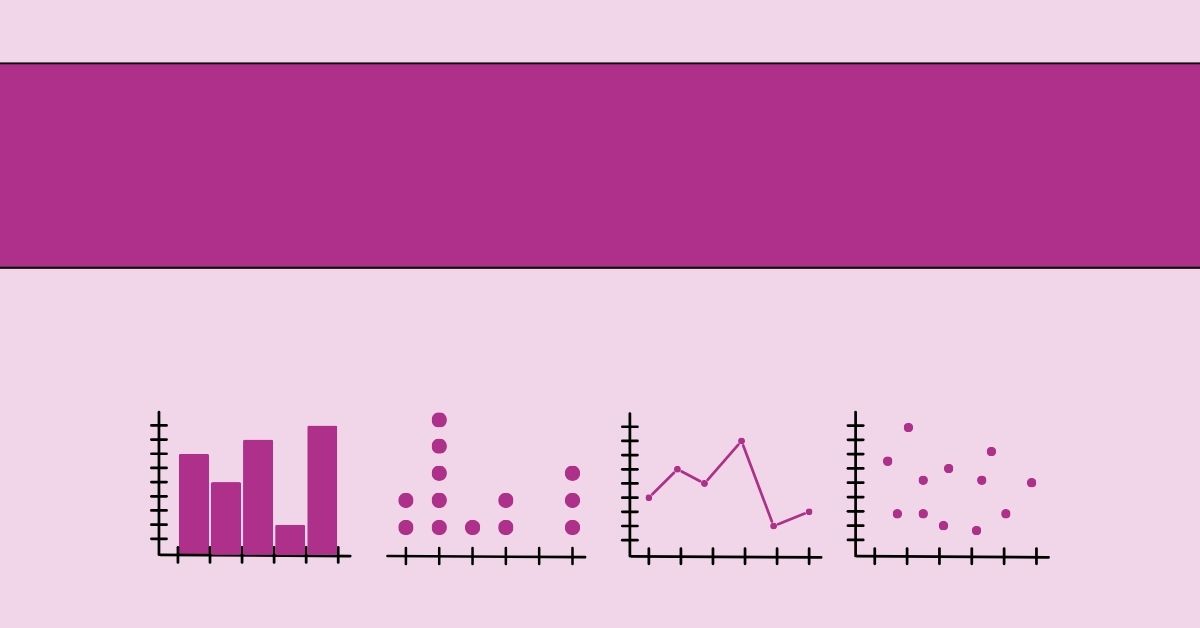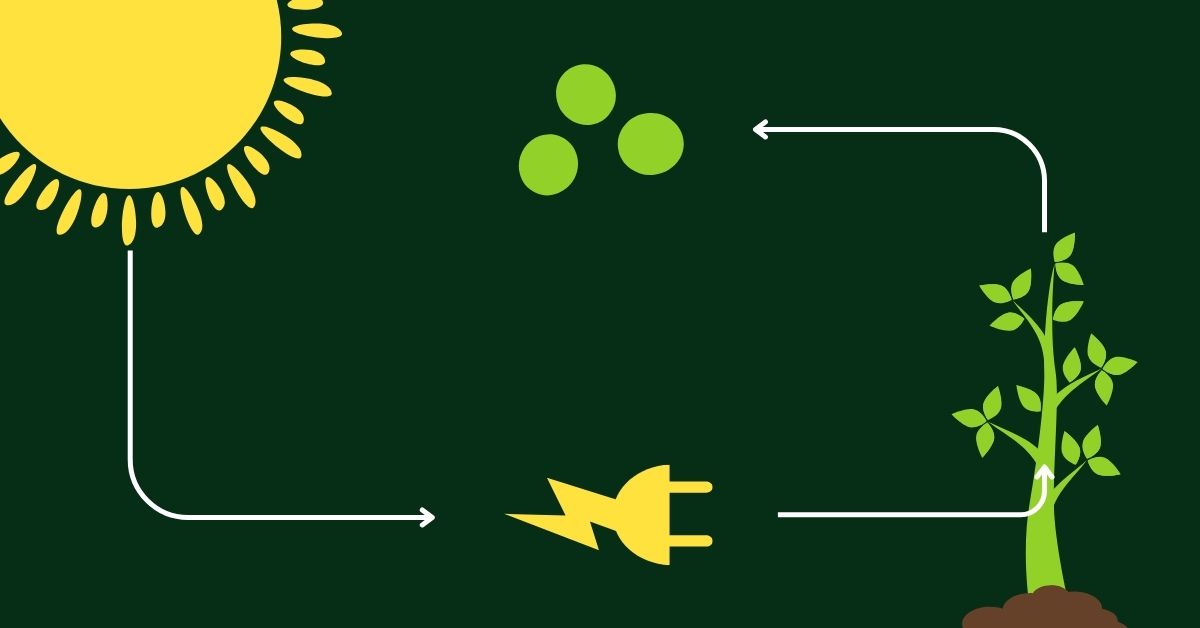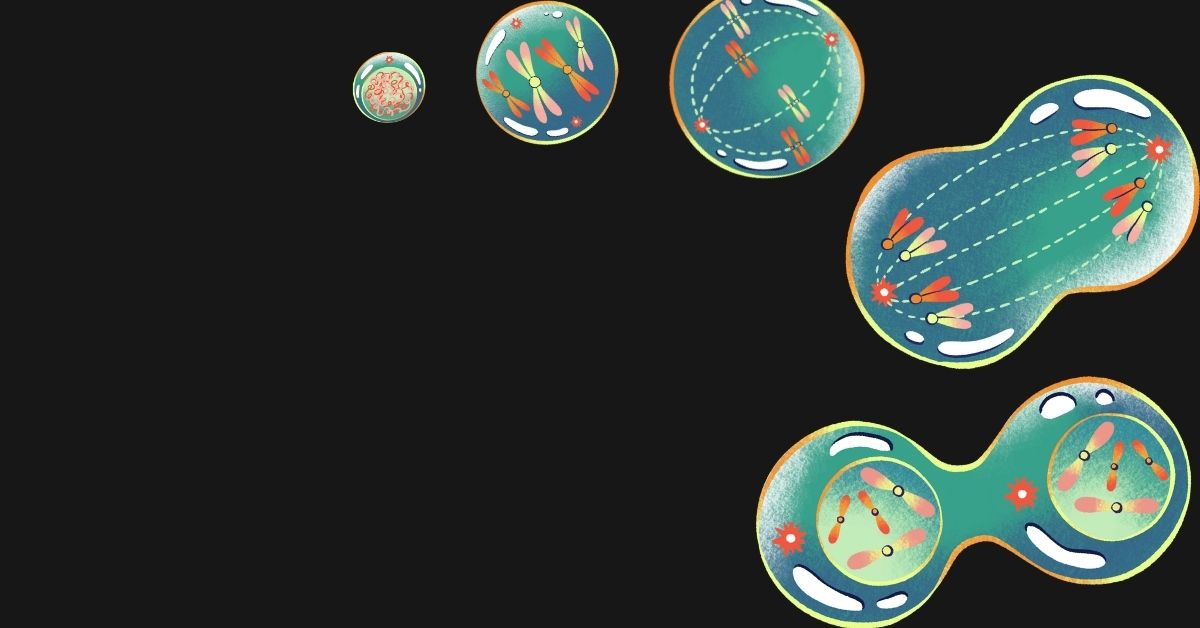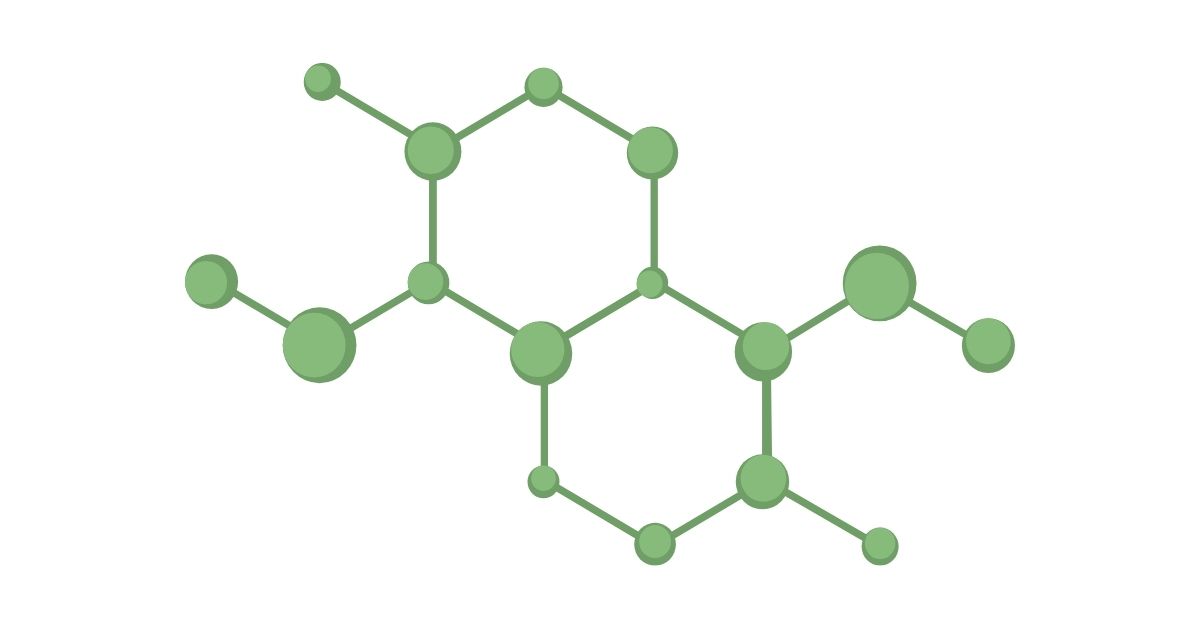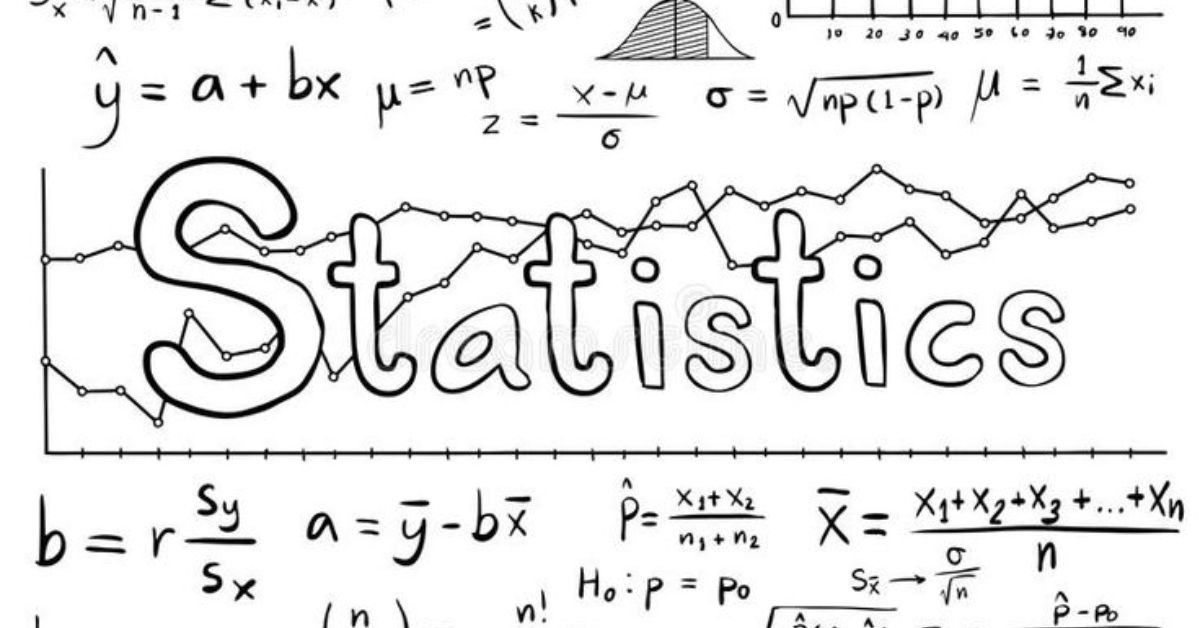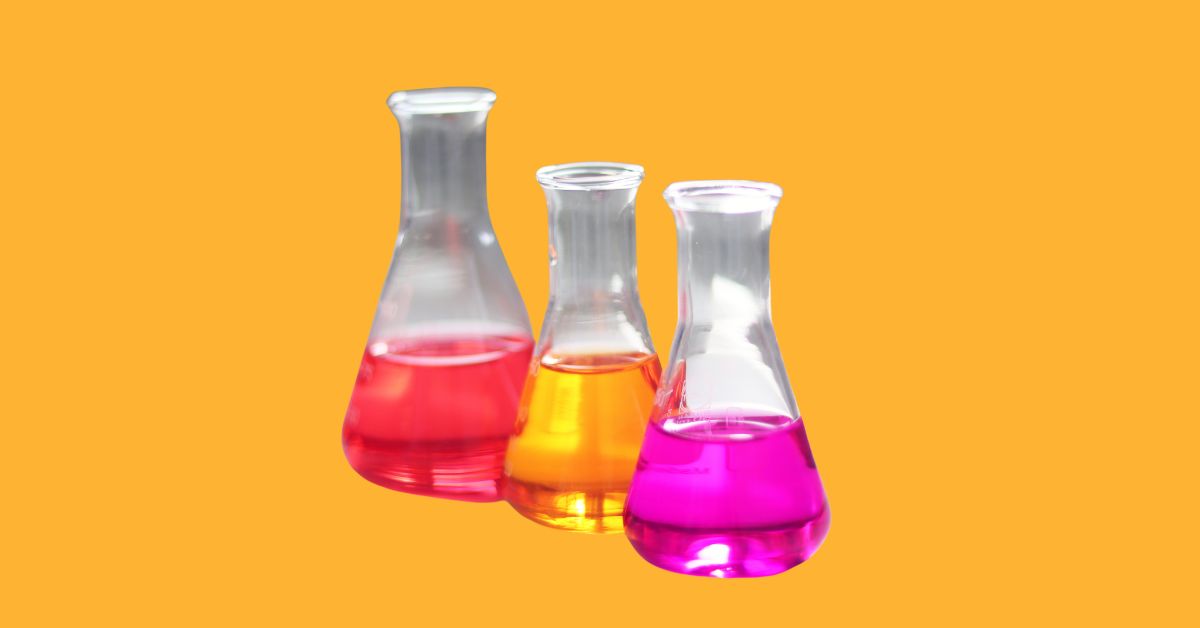The home stretch of your CBSE Class 10 Maths journey is here! This article focuses on the last three chapters: statistics, probability, and mensuration (Surface Area & Volume). We’ll explore key concepts with examples, explanations, and questions to help you solidify your understanding.
In this article:
Chapter 14: Statistics
Statistics helps us make sense of data. Here’s a breakdown of central tendency measures:
- Mean: The “average” of a set of values.
- Example: Your scores in 4 Maths tests are 75, 82, 90, and 88. Find the mean.
- Explanation: Mean = (75 + 82 + 90 + 88) / 4 = 83.75.
- Example: Your scores in 4 Maths tests are 75, 82, 90, and 88. Find the mean.
- Median: The “middle” value when data is arranged in order (ascending or descending).
- Example: Your project marks are 95, 87, 78, 92, and 100. Find the median.
- Explanation: Arrange the marks: 78, 87, 92, 95, 100. The median is 92.
- Example: Your project marks are 95, 87, 78, 92, and 100. Find the median.
- Mode: The value that appears most frequently.
- Example: You surveyed 10 friends about their favourite color. 4 chose blue, 3 chose red, and the others chose different colors. Find the mode.
- Explanation: Blue appears most often (4 times), so it’s the mode.
- Example: You surveyed 10 friends about their favourite color. 4 chose blue, 3 chose red, and the others chose different colors. Find the mode.
Questions
- Calculate the mean, median, and mode for the following set of numbers: 12, 15, 18, 12, 10. (Explain how you arrived at each answer.)
- A class has 25 students. If the median score is 75, what can you say about the distribution of scores? (Explain your reasoning.)
- In a survey, 30 people preferred apples, 25 preferred oranges, and the rest preferred other fruits. Is there a mode? Why or why not?
- What is the difference between mean and median? When might you use one over the other?
- How can measures of central tendency help us understand a data set?
Chapter 15: Probability
Probability deals with the likelihood of events happening. Here are the two main approaches:
- Theoretical Probability: Calculated based on possible outcomes (n(S)) and favorable outcomes (n(E)). P(E) = n(E) / n(S).
- Example: A bag has 3 red marbles and 2 blue marbles. What’s the probability of picking a red marble?
- Explanation: n(S) = total outcomes (picking any marble) = 3 (red) + 2 (blue) = 5. n(E) = favorable outcome (picking red) = 3. P(red) = 3/5.
- Example: A bag has 3 red marbles and 2 blue marbles. What’s the probability of picking a red marble?
- Empirical Probability: Based on observations or experiments.
- Example: You roll a die 100 times and observe a 6 appearing 16 times. Find the empirical probability of getting a 6.
- Explanation: Empirical Probability = Favorable outcomes (number of 6s) / Total outcomes (number of rolls) = 16/100.
- Example: You roll a die 100 times and observe a 6 appearing 16 times. Find the empirical probability of getting a 6.
Questions
- A coin has two sides: heads and tails. What is the probability of getting heads when you toss it once? (Explain how you reached the answer.)
- You draw a card from a well-shuffled deck of 52 cards. What is the probability of drawing a heart (considering suit only)? (Explain your reasoning.)
- Is theoretical probability always more accurate than empirical probability? Why or why not?
- Describe a situation where you might use theoretical probability and another where you might use empirical probability.
- How can the concept of probability be helpful in everyday life?
Chapter 13: Mensuration (Surface Area & Volume)
This chapter deals with calculating areas and volumes of 3D shapes. Here are some key formulas and an example:
- Cube: Surface Area (SA) = 6a² (a = side length); Volume (V) = a³.
- Example: A cube has a side length of 4 cm. Find its surface area and volume.
- Explanation: SA = 6 * 4² = 96 cm²; V = 4³ = 64 cm³.
- Example: A cube has a side length of 4 cm. Find its surface area and volume.
Mensuration (Surface Area & Volume) – (Questions)
- A cuboid has a length of 8 cm, a breadth of 5 cm, and a height of 3 cm. Calculate its surface area and volume. (Explain how you used the formula to arrive at the answers.)
- A cuboid has a square base with a side of 6 cm. If the total surface area is 156 cm², find the height of the cuboid. (Set up an equation and explain how you solved for the height.)
- A sphere has a radius of 7 cm. Find its surface area and volume (use 4/3π for pie). (Introduce the formula for sphere and explain each variable.)
- Compare the surface areas of two cubes with side lengths of 4 cm and 6 cm. How much larger is the surface area of the bigger cube? (Calculate the surface areas of both cubes and find the difference.)
- A cylindrical pencil has a radius of 0.5 cm and a height of 7 cm. Calculate the curved surface area of the pencil (excluding the top and bottom). (Introduce the formula for curved surface area of a cylinder and explain each variable.)

